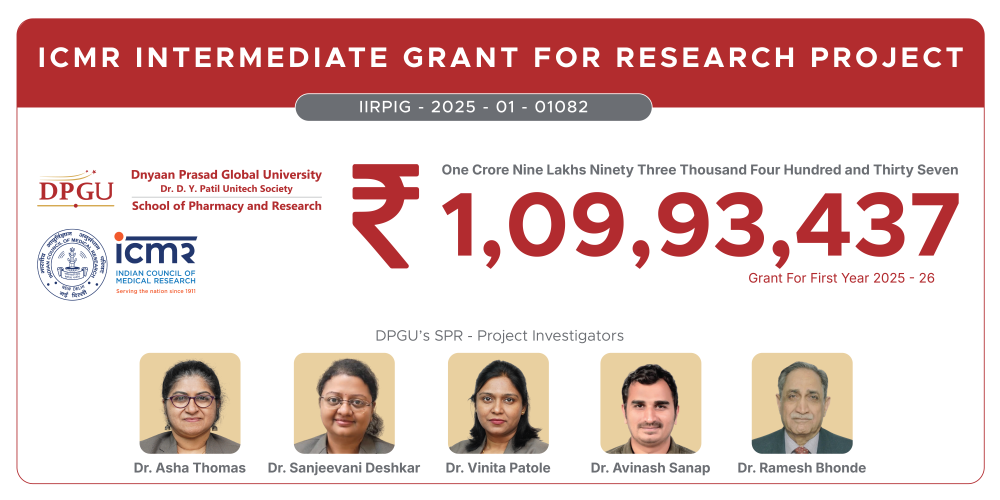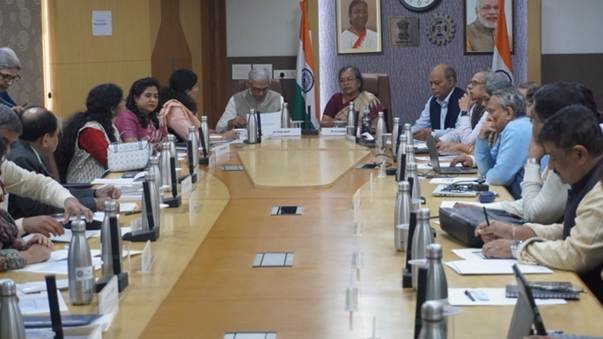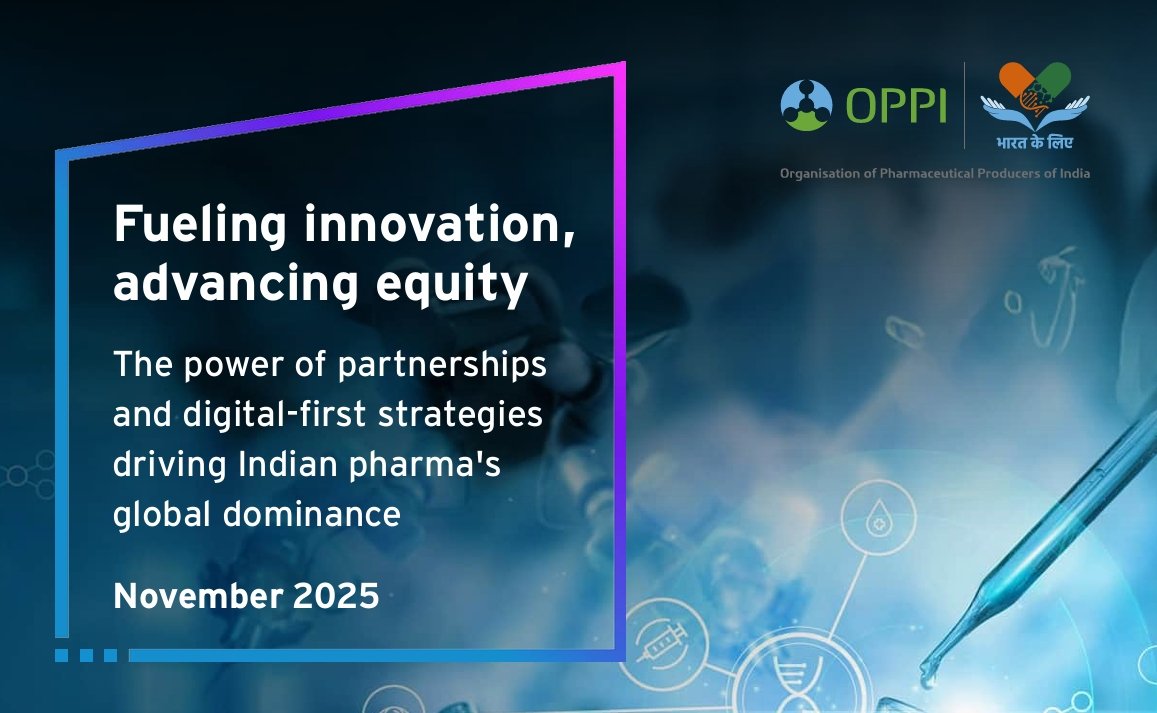VLife vouches for research
June 04, 2008 | Wednesday | News
New Page 1
VLife vouches for research
Growing at a rate of 83 percent, Pune-based VLife Technologies has tuned
itself to the demands of the R&D industry.
With a niche technology specialization in research and drug
discovery space and a clientele list comprising Reliance Industries, Glenmark
Pharmaceuticals, Lupin, Advanced Enzyme Technologies and Manipal College of
Pharmacy, Manipal, VLife Technologies (VLife) has come a long way since its
inception in 2002.
With a forte in life sciences research, VLife was recently
recognized by NASSCOM among India's Top 100 IT Innovators. In the past VLife
had completely incubated and successfully developed two ready-to-use
technologies, ChemGen and MDS that are complementary to each other. In fact, the
company also has an in-house team for the design and development of
technologies. "Our aim is to reduce the cycle time and improve the quality
of leads, thus addressing the two major challenges of the present pharmaceutical
industry", said Atul Aslekar, CTO, VLife.
The Pune-based company has grown at a phenomenal rate in the
last two years. In 2007-2008, the company witnessed an 83 percent growth rate as
compared to 40 percent in 2006-07. This is not all. Currently in India, 30
percent of the customers use VLife products. The company has set a target of 50
percent in the coming year. It has set up a mammoth target of touching a triple
digit growth in their topline for the coming year.
Research enabling technologies
Over the years, VLife has molded itself to the sky-rocketing
demand of the biotech R&D industry. "As far as research enabling
technologies are concerned, VLife utilizes the advances in information
technology to create a three dimensional simulated research environment where
scientists are able to build, try out various discovery hypothesis. Our
technologies also provide 'Decision Support' tools to help scientists in
zeroing down to separate 'useful from not so useful'," added Aslekar.
This, he asserted, is the differentiating factor between technologies designed
by the VLife team from other players competing in the same space.
Supreet Deshpande, CEO, VLife Technologies, agreed, "The
foremost differentiation comes from the fact that research done exclusively
using VLife's technologies has resulted in drug candidates which are being
further developed in clinical trials. Secondary and the most critical
differentiation comes from the fact that these technologies have unique
protocols which are found more accurate and rapid in head-on benchmark studies
conducted with leading technology brands in similar scope of work. For example,
GRIP docking, GQSAR, SCOPE. Tertiary differentiation again comes from the fact
that our technologies are 100 percent home-grown and hence, we are able to
provide pro-active support and customization".
The drug discovery division is a separate company at an arm's
length with VLife now. The company, Novalead Pharma, pursues two in-house
research programs – NCE program in oncology and new indications program in
unmet needs area. Its lead compound in oncology VLI27 is expected to enter
clinical trials in early 2009 while Galnobax – the new indication diabetic
foot ulcers will enter clinical trial in 2008 itself. Both these discoveries are
filed for PCT patents and are exclusive output from use of VLife's
technologies only. Incidentally, Novalead Pharma outsources the entire
experimental work doing only the computational research in-house.
Apart from this, the VLife team also emphasizes on
customization for seamless integration of technologies. "All our technology
products are 100 percent developed within VLife and we own every line of code
that goes into our products", said Aslekar. Products here are built on a
modular architecture. For this the scientific team applies the concept of
plug-in and plug-out. Both these elements have their distinct advantages.
"If a customer has any type of software output of which
they wish to bring into VLife's product, it can be easily plugged in. If the
customer needs any particular feature which they have developed in-house or want
VLife to develop for their exclusive use, we can plug them into seamlessly work
with rest of the VLife products enabling cross-talk and seamless data exchange.
On the other hand, none of our product features are forced upon the user, unless
they need it. In other words, our customer has to pay for only those features in
our product that they require. With our modular architecture, we can 'plug-out'
undesired features", informed Aslekar.
The foremost requirement for customizing technology requires
that the provider must have access to every line of code that has gone into it.
"VLife owns every single line of code because every line has been written
within VLife. Second, customers often have their own small in-house technologies
that they wish to use in tandem with technologies like that of VLife. Such a
need requires their seamless integration with VLife's products. We are
perfectly capable of ensuring this as we have the technological expertise and
full access to the software code underlying our technologies," said
Deshpande.
Business model
Despite changes in the demand in the market, VLife has not
changed its business model since its inception. "Our focus was and
continues to be to develop NextEdge technologies which continuously stretch the
formidable benchmarks which we ourselves have set and bring them to the
customers through multiple ways in tune to their specific requirements. In the
first three years of our existence, VLife invested in developing technologies
that address practical needs of scientists. Over the last two years since
launching their technologies in the Indian academic market alone, we have grown
by 40 percent and 88 percent respectively". "Though these are early
days, in the small uninitiated segment, this level of growth is highly
encouraging," added Aslekar.
Target audience for the company is however continuously
expanding. "We started in 2006 to make our technologies available in the
Indian research segment and in 2007, we are leading this segment in the midst of
global competition. In 2008, we are gradually making our technologies available
to the Indian industry. In 2009, we will go global entering into the US and the
European markets," revealed Deshpande.
Three revenue streams
The revenue sources for the company is segregated into three
divisions.
Revenue stream 1: Licensing of computer aided discovery
software
VLife offers software for computer aided drug and molecular
research for a range of industry verticals including pharmaceuticals,
biotechnology, chemical, petrochemical, agritech and other life sciences
sectors. The software is made available on term-based licensing in which the
customer can choose the period for which they wish to license the software for
in-house use. The software products include VLife Molecular Design Suite (VLifeMDS),
which is the flagship product for computer aided drug and molecular discovery.
This product has several exclusive technologies from VLife stable namely GRIP
docking, GQSAR, SCOPE.
Since last two years, the Indian market is growing rapidly
for learning and accepting niche technologies like computational chemistry and
biology. For computational biology, the number of user groups opting for
commercial software in the last one year was approximately 50 and for
computational chemistry, it was 35 to 40 groups. Most of the research groups
prefer combined package addressing biology and chemistry so that there is an
overlap. Last year, VLife successfully built the platform by conducting over 20
workshops all over India. This has resulted in over 250 researchers trained on
VLifeMDSTM software.
QSARPro is a specialty software for expert users for
undertaking extensive QSAR [Quantitative Structure Activity (or property or
toxicity) Relationship] studies, with multiple methods for variable selection
& statistical regression. The users have extensive choice of QSAR methods.
This product has a patent pending technology from VLife stable named GQSAR.
ChemXplor is a software which is focused on chemo-informatics requirements
including but not limited to the database generation and searches based on
molecular structures, descriptors, fingerprints, receptor properties.
Revenue stream 2: Computational research services
With this offering, companies and collaborators get full
access to VLife's technologies as well as expert scientific team. Deshpande
added, "Our service offerings range from turnkey research often resulting
in valuable Intellectual Property (IP) for the customers to specific
problem-solving services that accelerate their in-house research programs".
A flexible engagement model enables to choose from specific project based fixed
fee option to an FTE model. VLife's services include target-based drug and
molecular discovery, ligand-based drug discovery (like conformational analysis,
combinatorial library generation and screening, pharmacophore modeling and lead
identification), QSAR/QSPR/QSTR analysis, profiling services, custom specific
projects.
Revenue stream 3: 'Customized' technology solutions
VLife designs and implements specialized technology solutions
for the customers. "We have successfully developed technologies around
specific discovery methodologies of our partners so as to ensure reliable and
predictive results which are validated in laboratory in animal models. Our
partners have filed patents for the discoveries and the molecules are
progressing in clinical development," said Aslekar. The engagement model
ranges from a fixed fee structure to a hybrid model, which involves basic fixed
fee, followed by milestone payments on success customers achieve by use of the
technology. The representative scenarios for this offering include:
-
Technology enabled scientific systems: Design,
development and deployment of research enabling applications, along with
engagement models similar to Build-Operate-Transfer (BOT).
-
Customization and integration of components from VLife
software in the mainstream research system, along with some new component
development as per user needs, for specific research purpose.
What next for VLife?
Apart from expanding to the US and European markets, the
company has kept a target to grow at over 100 percent in 2008-09 through
introduction of new offerings and accessing newer geographical markets. The
larger picture is to be a leading provider at a global scale, of cutting edge
technologies that improve research productivity. "All actions and decisions
at VLife are being taken in line with this larger vision. Expansion of
geographical reach and bringing new special purpose products are the two
critical aspects we are working on and you will find significant strides made
towards these in the next 12 months", concluded Deshpande.
Nayantara Som











